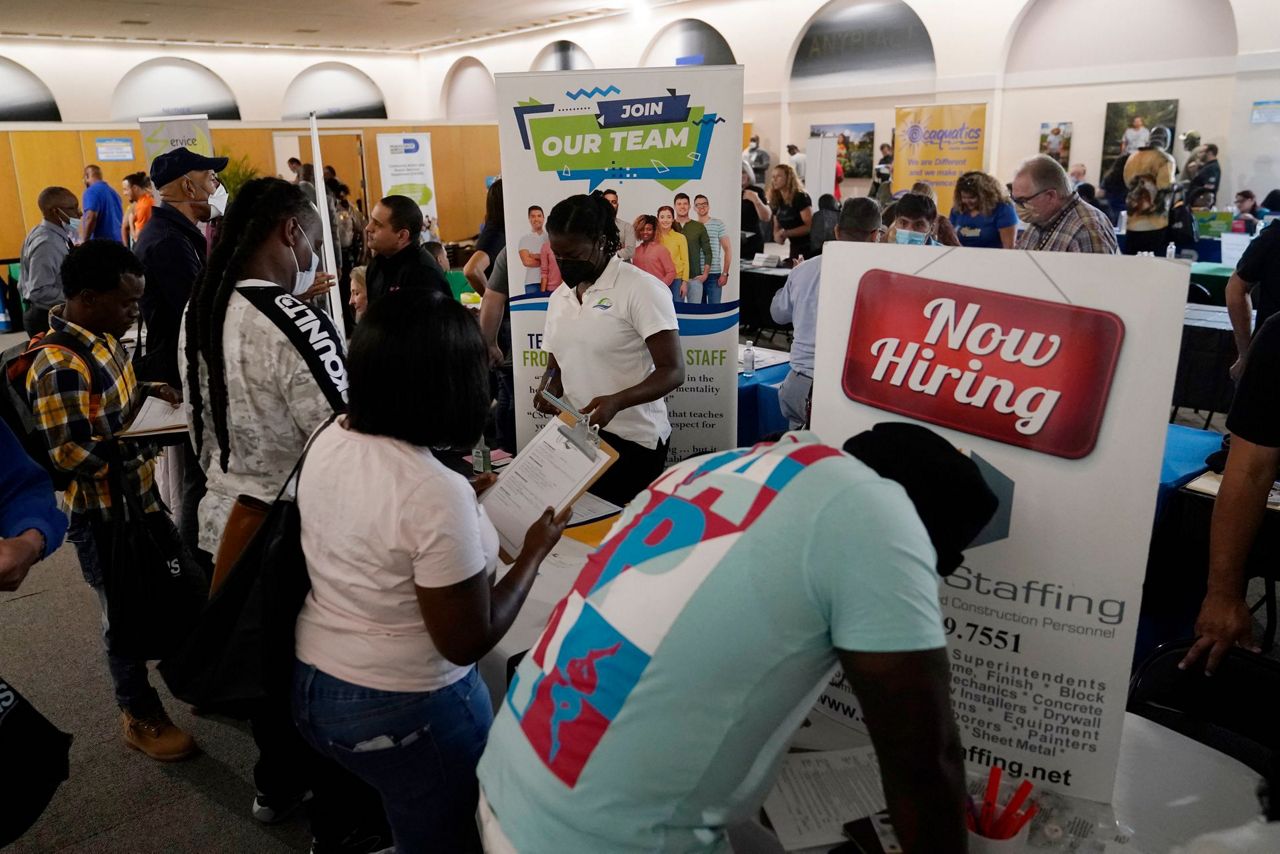Why U.S. Employers Are Still Hiring Despite Recession Fears

The U.S. economy in 2025 finds itself in a paradoxical state. On one hand, economists and financial analysts warn of an impending recession — pointing to slowing GDP growth, volatile markets, and global uncertainties. On the other hand, U.S. employers continue to post job openings, recruit aggressively, and even offer incentives to attract talent.
This dual reality has puzzled many observers. How can hiring remain strong in the face of economic warning signs? The answer lies in a combination of labor market dynamics, post-pandemic structural changes, and the evolution of work — particularly the rise of remote jobs.
Post-Pandemic Labor Shortages Still Persist
One of the lingering effects of the COVID-19 pandemic is a persistent labor shortage in key industries. Sectors such as healthcare, logistics, education, and technology continue to face challenges in filling critical roles. Many workers who left the workforce during the pandemic — either due to early retirement, health concerns, or family responsibilities — have yet to return.
Employers, therefore, are not just hiring to grow; they are hiring to fill gaps left unaddressed for years. This ongoing shortage has created a competitive labor environment where companies are reluctant to slow recruitment, even amid economic uncertainty.
Remote Jobs as a Strategic Solution
The acceleration of remote work has fundamentally changed the hiring landscape. Businesses that once relied solely on local talent are now tapping into a national — and sometimes global — workforce. The boom in remote jobs allows employers to find specialized skills without being constrained by geography.
For example, a tech startup in Austin can hire a cybersecurity expert from New York or a data analyst from Florida without requiring relocation. This expanded talent pool has made it possible for companies to address labor shortages more efficiently.
Shifting Business Models and Growth Sectors
While some traditional industries are slowing, others are booming. Renewable energy, artificial intelligence, biotech, and e-commerce are experiencing unprecedented growth. Employers in these sectors see current market conditions as an opportunity to secure talent before competition intensifies.
Investments in green energy infrastructure, federal incentives for manufacturing, and advancements in AI are fueling job creation. Even companies in industries facing challenges are hiring strategically to prepare for future growth once economic conditions improve.
The Political and Economic Context
Political decisions — such as tax incentives for domestic manufacturing or infrastructure spending — play a significant role in shaping hiring trends. Federal and state programs have injected billions into sectors like clean energy, transportation, and technology, creating demand for skilled workers.
Meanwhile, the debate in Breaking News and Trump News circles often focuses on whether this hiring surge is sustainable or merely a temporary buffer against recession.
Worker Bargaining Power and Wage Competition
Another factor sustaining hiring momentum is the shift in worker expectations. After years of wage stagnation, employees are now more vocal about demanding better pay, flexible work arrangements, and benefits. Employers are responding with competitive offers to retain and attract staff, further fueling the hiring trend.
In many cases, offering a remote job with flexible hours has proven to be a more effective recruitment tool than traditional perks.
Despite warnings of an economic slowdown, U.S. employers are maintaining — and in some cases increasing — their hiring efforts. The combination of labor shortages, sector-specific growth, and the rise of remote jobs has created a unique environment where hiring remains resilient.
As the economic narrative evolves, it’s clear that flexibility, adaptability, and innovation will be key for both employers and employees navigating the uncertain road ahead.




